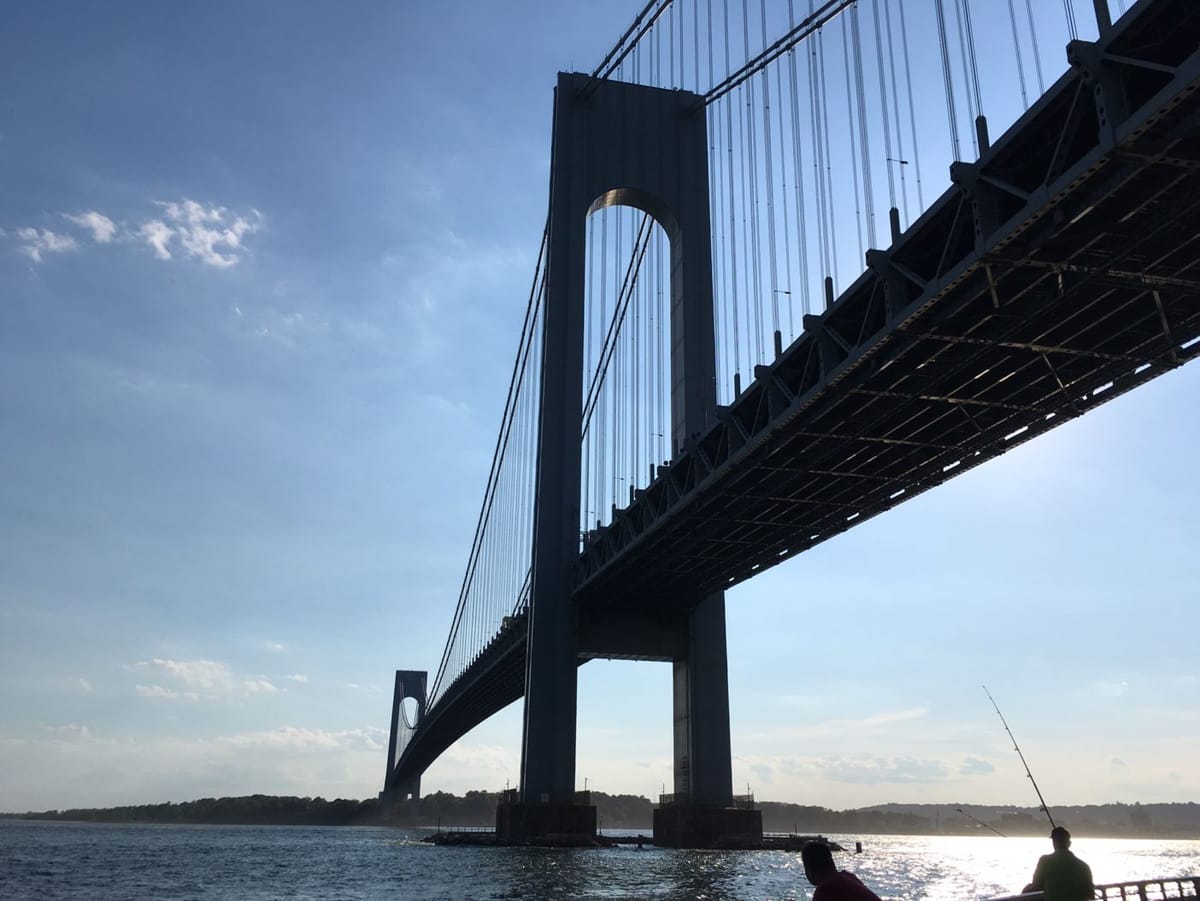Will The Verrazano’s Two-Way Toll Make A Comeback?


The wheels of change are spinning for drivers crossing the Verrazano-Narrows Bridge, as officials are asking whether two-way tolling, coupled with new cashless toll booths, could alleviate traffic snarls that snake through the entire city.
The two-way proposal would split the toll between drivers on both sides of the Verrazano. Right now, drivers heading to Staten Island pay the entire toll, which jumped to $17 cash in the latest MTA fare hike this past March.
Last month, U.S. Congressman Dan Donovan penned a letter to the MTA requesting a study on how two-way tolling would impact revenue after the switch to cashless tolls. In addition, he asked whether the two-way toll will discourage New Jersey drivers from entering the city via Staten Island.
“The stakeholders argue that cashless tolling eliminated the potential for congestion at toll booths, and a system charging half the current toll in each direction might be more equitable for travelers,” wrote Donovan.
The Verrazano-Narrows Bridge one-way toll has been in place since 1986, thanks to a federal transportation bill from then-Congressman Guy Molinari to end two-way tolling as a way to alleviate Brooklyn-bound traffic.
But the consequences of the one-way only fare have resulted in tons of traffic piling up in through-neighborhoods, as trucks are incentivised to use the free Brooklyn-bound Verrazano to cut to Queens, Long Island, and Manhattan.
And community officials as far north as Park Slope and Manhattan argue that the new cashless tolling will combat those traffic snarls at the bridge’s entry points.
Cashless tolling, which includes eliminating toll booths, is set to hit the Verrazano this summer. This change is shining a spotlight on the spotlight, though it’s not a new idea. For years, Democratic U.S. Congressman Jerrold Nadler, whose district includes parts of Borough Park, Kensington, Sunset Park, Bensonhurst, Dyker Heights, Gravesend, and Manhattan, has pushed for the two-way toll to alleviate traffic backed up in through-neighborhoods.
While the MTA controls the bridge and could conduct the study, the toll’s direction is determined federally so they could only implement the change with a federal bill.
But Donovan isn’t ready to throw his support behind the issue without proper studies, saying he would base his decision based on findings from an MTA study.
“I am hesitant to support the two-way tolling proposal without clear data detailing the traffic and revenue impacts the scheme might have compared to the status quo,” Donovan wrote.
What do you think about the proposed two-way toll for the Verrazano?



